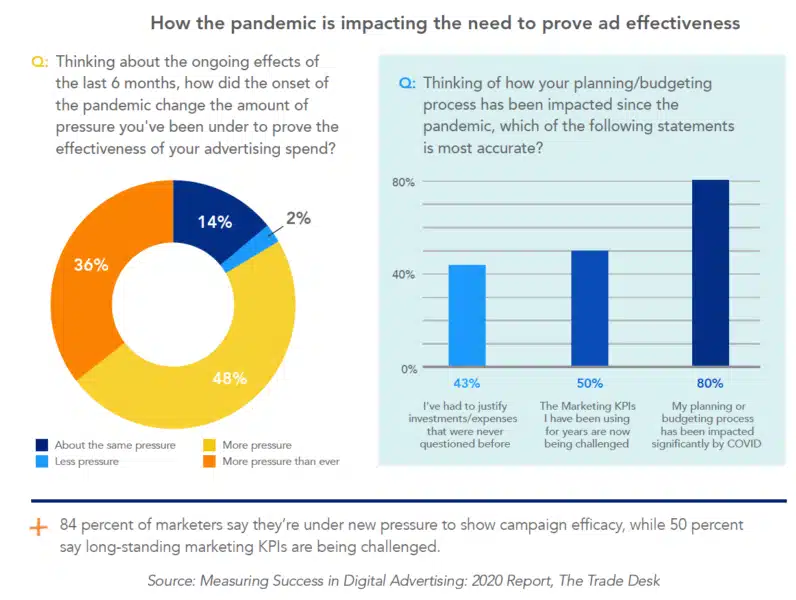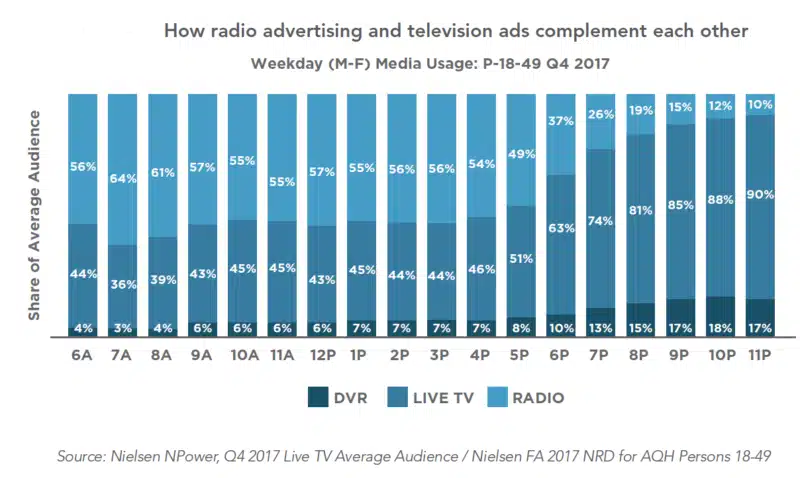The importance of marketing attribution platforms in today’s environment
At a time when there's more scrutiny on marketing budgets, attribution solutions are helping eliminate waste and justify spend.
Marketers have always railed against the idea that it is impossible to tell whether, and what part of, their spending drives sales. Even when everything was analog, Nielsen set-top boxes and Arbitron radio diaries — panel and survey data — provided insight.
The dawn of digital media promised a brighter future, where we eventually could look at every sale and determine which touchpoints were effective at delivering ROI and which were wasted spend. It’s not nearly as simple or straightforward as it sounds, but we’re getting closer these days, even taking into account the deprecation of cookies and stronger privacy regulations.
Gauging the relative success of each of your marketing tactics is important no matter which way the economic winds are currently blowing. But when budgets are tight, as they are now with the economic uncertainty brought about by the COVID-19 pandemic, the prospect of eliminating waste is especially resonant.
While attribution — the practice of assigning weight to every touchpoint in a marketing campaign based upon its contribution to revenues — is not new, the breadth and scope of available marketing attribution tools today are much greater than we could have imagined just a few years ago.
Additionally, machine learning and sophisticated algorithms have advanced to enable the synthesis of data of a wide range of types and from myriad sources. Even better, some tools can now glean insights from the data to predict possible future outcomes and suggest next steps.
Budget constraints
The pressure on marketers to justify their expenditures is stronger than ever, in part because COVID-19 has dramatically impacted all businesses, and also because technology has made it possible to tie spending to revenues in many cases.
A survey of 200 marketers and agencies conducted by The Trade Desk in September 2020 found 84 percent of marketers facing new pressure to prove the effectiveness of their campaigns, while 50 percent say longstanding marketing KPIs are being challenged.

More devices, more channels, more everything
At the same time, marketers are dealing with an ever-growing number of channels and devices where they can engage with their customers and prospects, and research shows that advertising on multiple channels is more effective.
L’Oréal Nordics found that Instagram and Facebook ads, when paired with a TV buy, lifted ad recall by 12 points among its target audience of 18- to 34-year-olds. The social media elements also resulted in 22.6% incremental reach over TV.
Even traditional media are known to reinforce one another. In research released in 2018, Nielsen learned that people who heard a radio ad in addition to a TV spot from the same campaign had 35% higher awareness of the TV commercial, versus those who only saw the ad on TV.

Additionally, buyers increasingly expect their interactions with brands to be consistent no matter what device they’re using, according to a Salesforce survey of 15,000 consumers and business buyers. They’re also likely to switch from one device to another when they’re researching and making a purchase. Both of these phenomena mean it’s important for brands to coordinate their campaigns across multiple channels, and understand the role each touchpoint plays in moving someone closer to a purchase decision.
Marketing attribution and predictive analytics tools aim to address all of these marketing challenges by providing accountability across all online and offline channels, often enabling marketers to drive more revenue from the same spend or reduce budget while obtaining the same results.
In analyzing the differences between what it dubs as “Genius” brands versus others, Gartner notes that these leaders use big data and analytics solutions, like marketing attribution and predictive analytics tools, to overcome the challenges of a complex marketing ecosystem involving myriad martech tools.
“With Genius and Gifted brands pursuing complex omnichannel strategies, higher performance comes from the translation of large volumes of data into actionable insight,” the report notes, describing these data science tools as generating “insights for segmentation, targeting and personalization.” These tools can also “navigate the increasingly higher walls of the walled gardens,” says the Gartner presentation titled Marketing Technology Drivers of Genius Brand Performance.
For more about marketing attribution and predictive analytics tools, download our MarTech Intelligence Report today!
Marketing attribution and predictive analytics: A snapshot
What it is. Marketing attribution and predictive analytics platforms are software that employ sophisticated statistical modeling and machine learning to evaluate the impact of each marketing touch a buyer encounters along a purchase journey across all channels, with the goal of helping marketers allocate future spending. Platforms with predictive analytics capabilities also use data, statistical algorithms and machine learning to predict future outcomes based on historical data and scenario building.
Why it’s hot today. Many marketers know roughly half their media spend is wasted, but few are aware of which half that is. And with tight budgets due to the economic uncertainty brought about by the COVID-19 pandemic, companies are seeking to rid themselves of waste.
Attribution challenges. Buyers are using more channels and devices in their purchase journeys than ever before. The lack of attributive modeling and analytics makes it even more difficult to help them along the way.
Marketers continuing to use traditional channels find this challenge magnified. The advent of digital privacy regulations has also led to the disappearance of third-party cookies, one of marketers’ most useful data sources.
Marketing attribution and predictive analytics platforms can help marketers tackle these challenges. They give professionals more information about their buyers and help them get a better handle on the issue of budget waste.
Read Next: What do marketing attribution and predictive analytics tools do?
MarTech is owned by Semrush. We remain committed to providing high-quality coverage of marketing topics. Unless otherwise noted, this page’s content was written by either an employee or a paid contractor of Semrush Inc.
Related stories
New on MarTech